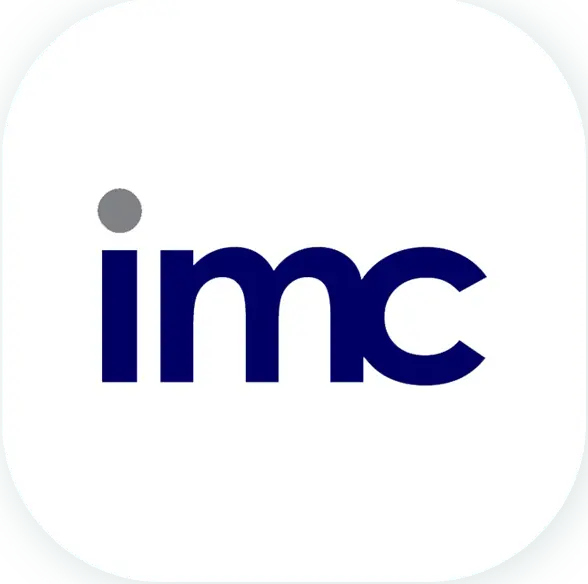For small business owners, juggling multiple roles and managing daily operations as well as the long-term strategy often turns out to be a challenging task. In most cases, financial planning takes a blow, as SBOs (small business owners) remain obsessed with their core activities. This is where financial advisors for business can put them on the right track. These professionals play a crucial role in helping SBOs manage their financial health.
Financial advisors provide valuable support in different areas, which ranges from cash flow management to benefits for employees. They also guide business owners in planning for retirement and succession. Financial advisors face various challenges while working with small business clients. Unlike individual clients, SBOs deal with ash flow concerns, payroll management, and business-related loans. With professional advice, they can make informed decisions on their profit margins and future income from projects. In the process, they create comprehensive financial plans that align both with business and personal goals. Small business owners can significantly benefit from this dual focus as it holistically enhances their financial well-being.
Financial Advisors and Small Business Owners
SBOs face complex financial challenges that call for specialized expertise. Financial advisors like the IMC Group not only assist them with investment management and personal financial planning but also develop a deep understanding of their business.
Advisors offer CFO consulting services and unique financial strategies that address both business growth and personal financial goals of the owner. These professionals help to set separate accounts and credit limes for businesses and personal finances. This enhances clarity, avoiding potential legal and tax issues.
Key Services Financial Advisors Offer Small Businesses
1. Financial Planning
2. Tax Optimization
3. Retirement Planning
4. Risk Management
5. Succession Planning
6. Employee Benefits
7. Debt Management
Managing Financial Assets for Growth
Financial advisors play a crucial role in helping small businesses manage their financial assets. This is all about tracking income and expenses, forecasting cash flow, and recommending strategies to improve liquidity.
For instance, financial advisors negotiate better payment terms with suppliers or offer discounts for payments from customers. These tactics help businesses optimize cash flow and free up resources for future growth.
1. Investment Management
2. Debt Management
3. Risk Management and Insurance
Financial advisors can add significant value for small businesses in crucial areas like risk management. They analyze the financial performance of businesses and compare it to the industry benchmarks. Thus, advisors can identify areas where they can cut costs, diversify revenue streams and adjust pricing strategies to improve profitability.
Risk management strategies may also include obtaining adequate insurance coverage to protect against liabilities like personal injury, property damage, or legal disputes.
Advisors connect business owners with insurance professionals, ensuring they get proper coverage based on their specific needs. This includes different types of insurance like general liability, property, workers’ compensation, and cyber liability insurance.
Financial Advisory Services for Small Businesses
Top financial advisors play an essential role in helping small business owners manage both their personal and business goals. Offering a comprehensive suite of services, they can address everything from cash flow management to succession planning. Established financial advisors like the IMC Group provide CFO consulting services to support SBOs, helping them navigate the complexities of running a business while securing their financial future.






























 IMC Group
IMC Group